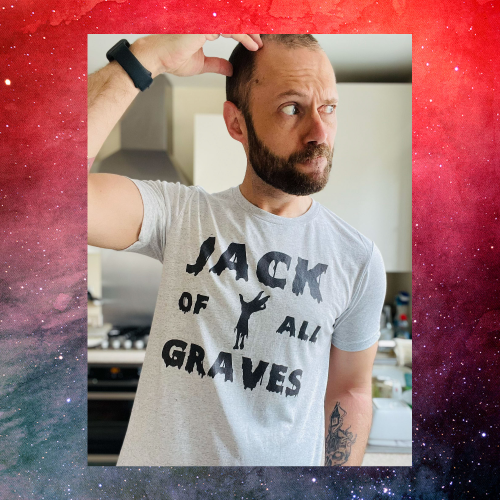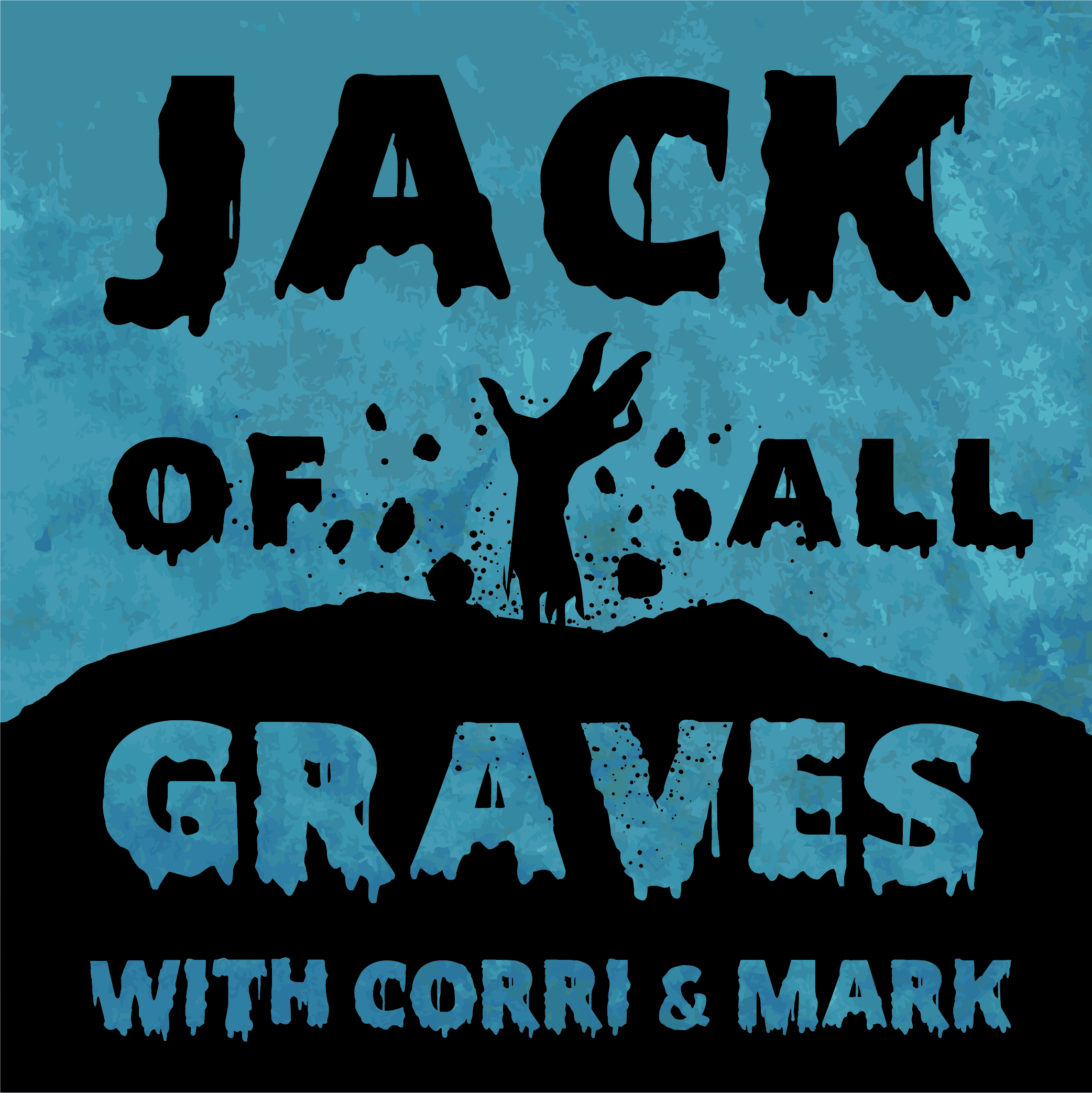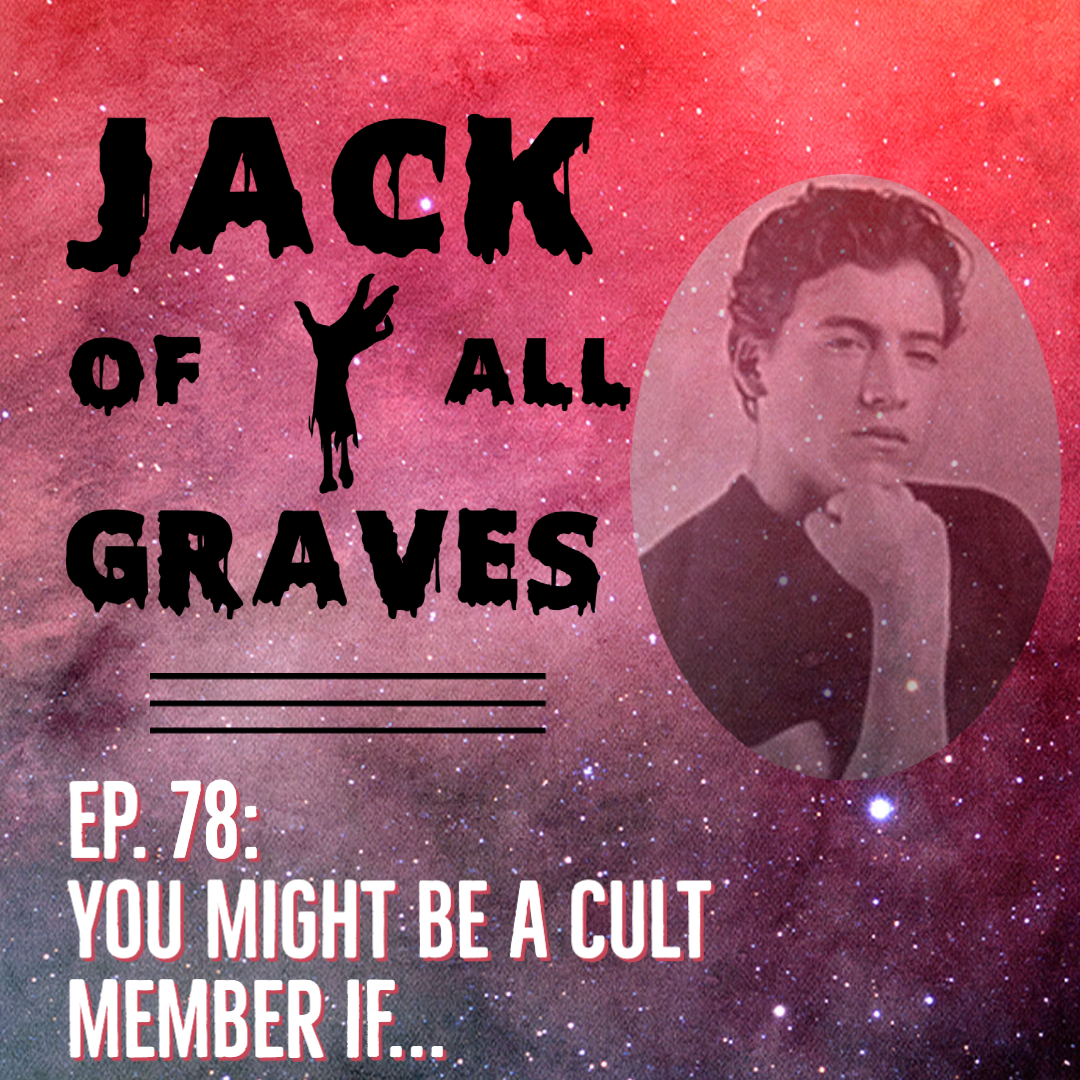Episode Transcript
[00:00:00] We talk a lot in this podcast about the end of the world as we know it, and western society's penchant for barreling toward it with its hands off the wheel, having cut its own brakes.
[00:00:12] It may seem a macabre fixation, maybe even a hopeless one, but we're not the first to question whether humanity is careening off a cliff at breakneck speeds, and whether there's any way to stop it. Were not just doomers waiting with fingers tented for everything to go up in flames before our eyes, ready to offer an I told you so before the mushroom cloud takes us too.
[00:00:36] Plenty of folks much smarter and more informed than we are have been pondering the question of whether were headed for certain doom for decades, and id like to tell you about one such group, the science and security board of the Bulletin of the Atomic Scientists.
[00:00:52] The name may not ring a bell, but youre almost certainly familiar with their yearly output, the announcement of the placement of the hands on the doomsday clock.
[00:01:02] The bulletin of the atomic scientists was formed in 1945 by scientists at the University of Chicago who had worked on the Manhattan project.
[00:01:10] The Manhattan Project, of course, was a top secret government program that recruited thousands of scientists to develop the atomic bombs that would later be dropped on Hiroshima and Nagasaki.
[00:01:20] In the late 1930s, the United States began to worry that Nazi Germany would develop an atomic weapon, a thing which they were not actually close to accomplishing. And Japan, it should be noted, never even had an atomic bomb program at all.
[00:01:35] The threat ostensibly looming, though it was decided that we would have to get there first, beginning a fairly one sided arms race that would have the consequence of creating a much greater one later on.
[00:01:46] Leaders of the Manhattan project, including J. Robert Oppenheimer, voted twice to bomb civilians in Japan rather than bombing military targets, a thing thats obviously vile, but also set an unsettling precedent for the use of atomic weapons.
[00:02:00] We had, in our first outing with this new technology, made civilian targets fair game.
[00:02:06] There was no putting the genie back in that bottle, and were every day living with the consequences.
[00:02:14] But while the high ups were gung ho about charging in with the mass murders, plenty of the people who worked on the Manhattan project either a had no idea what they were actually contributing to, or B were adamantly opposed to their work being used to annihilate populations.
[00:02:30] The boffins, who went on to create the bulletin of atomic scientists, had helped to build the atomic bomb, but had vehemently protested the use of it on human beings.
[00:02:38] Oppenheimer and Einstein were amongst the founders, along with people like Hyman Goldsmith, who is one of 70 scientists who have signed a letter imploring President Truman not to use the atomic bomb on Japan. So, realizing what was at stake for the entire planet, in 1947, they came up with the concept of the doomsday clock, or the atomic clock, as it was known, until they changed the name in the early seventies.
[00:03:02] It was a symbol meant to represent how close humanity was coming to destroying itself with its own technologies.
[00:03:09] The original image was designed by landscape artist Martil Langsdorf, who was married to Manhattan project physicist Alexander Langsdorf.
[00:03:18] The design had originally featured an entire clock face, but was stripped down to just the last 15 minutes of the hour. And while she had concerns that this might be a problem should the clock ever drop below 45 minutes, it has only once happened since the creation of the clock in 1991, when the dissolution of the USSR and the signing of the Strategic Arms Reduction treaty brought us a chill 17 minutes from certain death. At the time of its creation, the panel was largely concerned with nuclear weapons as the potential civilization ender. But since then, they've identified three overarching threats to civilization, nuclear proliferation, climate change, and what they call disruptive technologies. The latter includes things like AI, online disinformation, and bio and cybersecurity.
[00:04:06] As their website puts it, each of these threats has the potential to destroy civilization and render the earth largely uninhabitable by human beings. And as bulletin editor John Mecklin put it, the early atomic scientists knew the nuclear weapons were the first human creation that could literally end civilization, but they also realized there would be others.
[00:04:29] Heres the thing about the doomsday clock. Its not meant to scare us, per se. Its meant to spur us to action. After all, the clock doesnt solely tick forward. It can be pushed back. The clock isnt a prediction of the end of the world, but an indication of how were doing at preventing it. Its the canary in the coal mine. If its dead, its not too late for everyone to get out, but youve got to act fast.
[00:04:56] As SJ Beard wrote for the BBC, its goal is not to tell us how big the risk facing humanity is, but how well were doing at responding to that risk.
[00:05:06] Unfortunately, though, were doing really, really badly, leading the clock to, for the past two years, linger at just 90 seconds from the apocalypse, according to the bulletin.
[00:05:18] In fact, this is the closest to midnight the clock has ever come. Even at the peak of the Cold War, when we were so terrified of mutually assured destruction, we had duck and cover drills and built fallout shelters. As National Geographic points out, the doomsday clock helped to illustrate for the public and politicians the seriousness of the threat weed engineered.
[00:05:41] Mecklin explained, the editors were afraid that the nuclear weapons they'd helped create were not fully understood by either politicians or the public. They wanted people to understand that these weapons could literally end civilization and even perhaps, the human species.
[00:05:57] And the message was received.
[00:06:00] For decades, popular culture was dominated by our nuclear anxiety, with movies like threats and Red dawn giving gen Xers nightmares that have lasted decades.
[00:06:10] In this day and age, though, we tend to shy away from such panicky depictions of our certain doom.
[00:06:17] Maybe thats a good thing.
[00:06:19] To critics, the doomsday clock is nothing but a useless scare tactic.
[00:06:24] If everythings a crisis, then nothing is, as the old refrain goes.
[00:06:29] And indeed, weve seen this with the discourse surrounding climate change over the years. While we can now see in the extreme weather events, melting ice caps, bleached out coral reefs, and so on, that climate crisis is here and real. Many have argued over the past 50 years or so that scientists have been raising the alarm that they kept promising doom, and it never seemed to arrive.
[00:06:50] So every day that nukes arent actively falling from the sky and hackers dont take down all of our institutions, and California hasnt physically detached from the continental United States and drifted off into the sea. For many Americans, theres no reason to get their panties tied in a knot. But to members of the bulletin, thats exactly the problem.
[00:07:12] The creep toward midnight is meant to show us that our preventative measures arent where we need them to be and that our panties should be a naughty mess until we start taking threats seriously and working to turn the clock back.
[00:07:25] In the 2024 bulletin, the scientists warned first and foremost of nuclear threat, as is their brand. After all, the war in Ukraine has no end in sight. And Putin suspended the new strategic arms reduction treaty in February of 2023. You know, the modern analogue to the thing that had turned the clock back by such a large margin in 1991.
[00:07:45] At the same time, a prominent Putin advisor suggested launching nuclear strikes on various strategic targets in western Europe.
[00:07:52] Meanwhile, they point out China, Russia, and the US, the largest nuclear powers in the world, threatened to trigger a three way nuclear arms race as the world's arms control architecture collapses once again. The United States is now under pressure to amp up their nuclear arms production because their perceived enemies are doing so. Further. Iran, North Korea, Pakistan, and India are expanding their nuclear capabilities, and Israel is at the center of what could be a wider war in the Middle east. But thats not all weve got going on on the climate change front, 2023 was the hottest year on record. Emissions continued to rise. We saw record sea surface temperatures. Antarctic sea ice disappeared at alarming rates, while $1.7 trillion was invested in clean energy worldwide in 2023, this was offset by nearly a trillion dollars of fossil fuel investments.
[00:08:50] We're already on the cusp of hitting and even surpassing the 1.5 degrees centigrade above pre industrial levels the Paris climate agreement was meant to address, which is catastrophic.
[00:09:02] But wait, theres more. Theres AI, especially as combined with biological technologies, they write. The concern is that large language models enable individuals who otherwise lack sufficient know how to identify, acquire and deploy biological agents that would harm large numbers of humans, animals, plants, and other elements of the environment.
[00:09:24] Not the only issue with AI, though. Its potential for disinformation is vast, which poses a major threat when it comes to dealing with things like nuclear risks, pandemics, and climate change.
[00:09:34] The use of AI in the military also raises huge red flags, especially when it comes to weapons that can identify and destroy targets without human intervention.
[00:09:46] This only gets more terrifying when one considers the implications of AI controlling the nukes.
[00:09:53] Despite all of these terrifying realities, though, the bulletin explains that their driving belief is that because humans created these problems, we can control them.
[00:10:03] And indeed, weve seen that in the past. Weve seen the clock creep up with events like the cuban missile crisis in 1962 and the Vietnam War.
[00:10:13] But weve seen it move back with things like the nuclear non proliferation treaty in 1969, where wed been seven minutes to midnight. 68 that bit of movement gave us an extra three minutes of breathing room, placing the hands at ten minutes from disaster. In 1980, the bulletin called the US and Soviet Union nuclei holics and criticized crises of resources, the spreading trend toward irrationality in the national and international conduct of many states and peoples, and the inability of international institutions to contain political crises.
[00:10:47] The clock moved from nine to seven minutes to midnight. In 1984, communication broke down between the Soviets and the US, and the bulgeon warned of the provocation of a new arms race by seeking a space based anti ballistic missile system.
[00:11:02] Three minutes to midnight.
[00:11:04] But in 1988, a new nuclear treaty was signed, and the hands moved back. Six minutes.
[00:11:11] 1990s saw the fall of the Berlin Wall and various revolutions end the post World War two ideological division of Europe, significantly diminishing the risk of nuclear war.
[00:11:21] Ten minutes.
[00:11:23] And of course, in 1991, the strategic arms reduction treaty brought us to 17 minutes from midnight.
[00:11:31] This is possible again, the bulletin argues, we can turn back the clock on man made destruction through innovation, through diplomacy, and by taking these threats seriously.
[00:11:43] And so they implore us to pay attention before the nukes fall. Or were all underwater.
[00:11:50] We can keep on dancing till the world ends. Or we could do something to stop it.
[00:11:56] Thanks for being here for the journey. Friends. You go on ahead and stay spooky.





